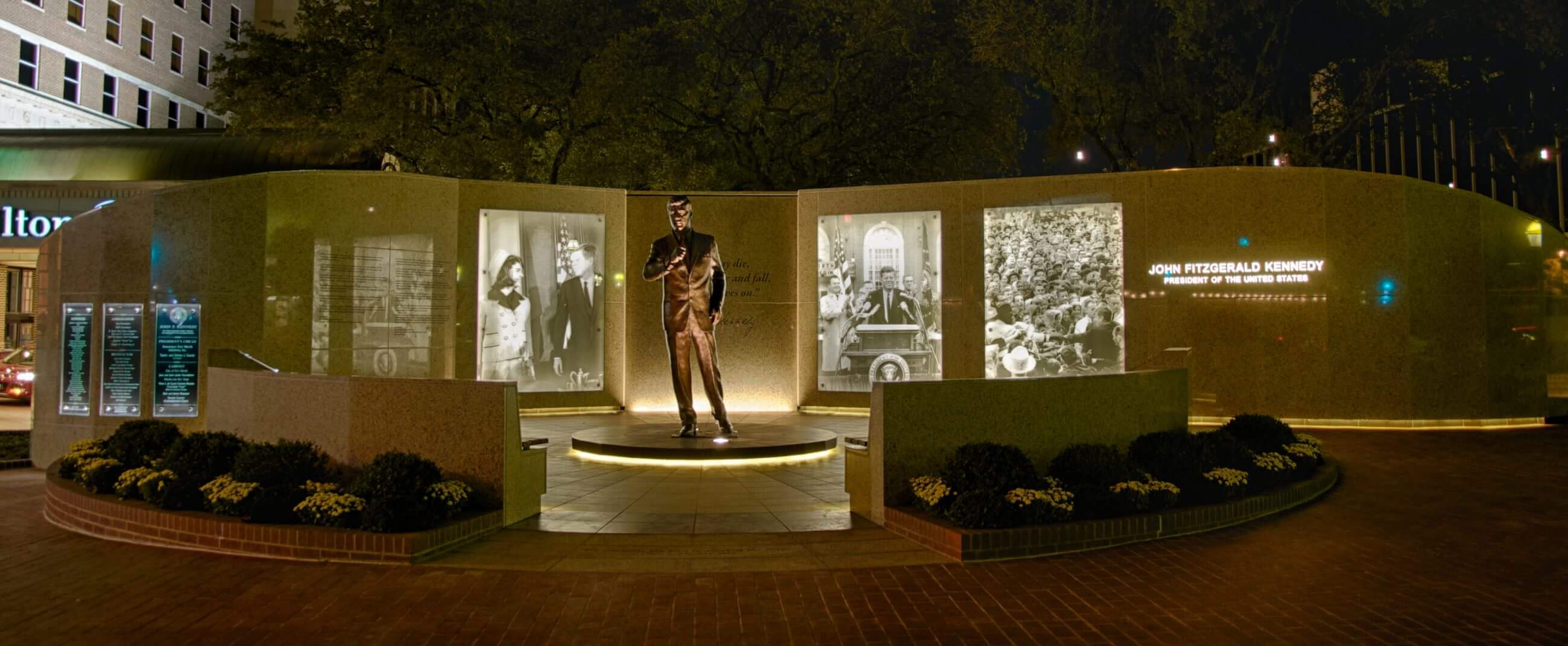A lighting designer typically emerges from a multitude of backgrounds, whether it is architecture, engineering, interior design, theatrical design or a combination there of. Despite the diversity, lighting is an intricate part within all of these disciplines. The collective knowledge of these fields, is what makes lighting designers specialists, balancing the art and science of illumination.
An understanding of the physics of light production and distribution, and the physiology and psychology of light; as to how it is perceived, is utilized by lighting designers to shape the experience of a space. The illumination of an atmosphere evokes emotion, however subtle or obvious the lighting appears.
Lighting designers set the mood of everyday surroundings, like comfort, excitement or safety. Factoring sufficient illumination per task, aesthetic appeal and functionality within the natural and built environment lighting designers create an ambiance. Far more than lumens and foot candles on horizontal planes, it is an art of highlighting forms, developing rhythm, use of color, play of shadows, manipulation of transparency and accenting textures. (Illustrated above by The JFK Tribute in Fort Worth, TX)
Often part of a design team of architects, engineers and other designers, lighting designers are hired as consultants to compliment and accentuate the project vision. Lighting technology and controls are rapidly evolving, as specialists lighting designers are tasked with staying current with advancements. Through education, experience and technique the lighting designer can provide innovative practical and affordable illumination as an extension of the architectural design.


